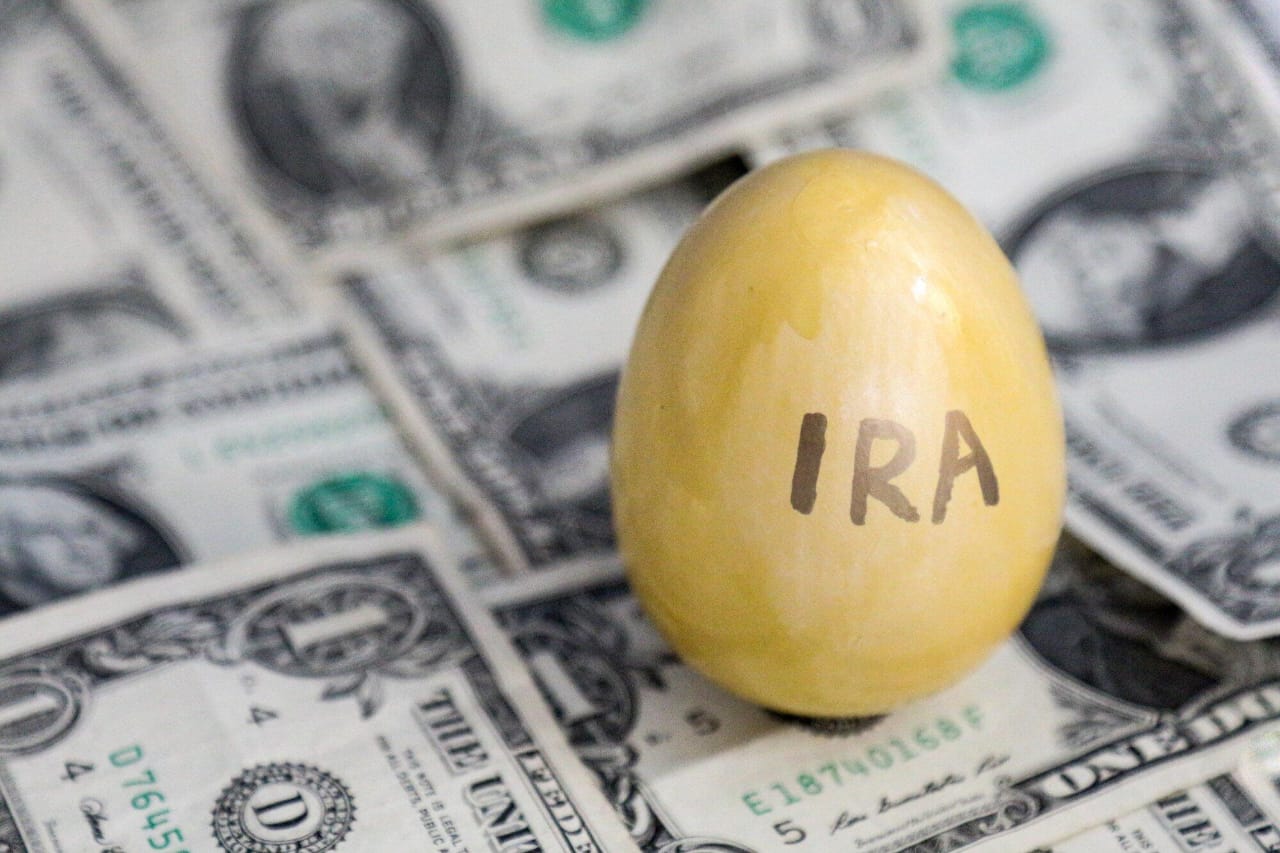56% of Americans say they’re falling behind in saving for retirement, and around 20% say they aren’t saving any money at all. This is a huge cause for concern, as you never know when and how your health can fail you, and this can force you to take an early retirement.
If you haven’t thought about creating a nest egg for your golden years, then it’s about time you did. With a solid retirement plan, you can ease your anxiety about the future.
Want to learn more about a SEP IRA vs a Roth IRA? Then you’re in the right place.
Here are five key things you should know.
1. Contributor and Contribution Structure
In a SEP IRA, contributions are made solely by the employer, so if you’re working, you won’t make any contribution to a SEP IRA. This means that there are potential tax deductions, which can ease your financial burden.
In contrast, Roth IRA contributions are made by yourself with after-tax dollars. The contributions aren’t tax-deductible, but you’ll get tax-free withdrawals in retirement.
2. Eligibility and Ownership
You’ll typically see a SEP IRA for self-employed individuals and small business owners. But do know that any employer can establish one if they wish.
Roth IRAs are available to people who meet certain income requirements, regardless of your employment status. They’re not tied to employment or business ownership.
3. Contribution Limits
SEP IRAs allow for contributions of up to 25% of an employee’s compensation or $69,000 (for 2024), whichever is less.
Roth IRAs have a lower annual contribution limit of $7,000 for individuals under 50, with an additional $1,000 catch-up contribution for those 50 and older.
4. Tax Treatment
Contributions to a SEP IRA are tax-deductible for the employer, which reduces their taxable income. However, withdrawals in retirement are taxed as ordinary income.
Roth IRA contributions aren’t tax-deductible.
But both contributions and earnings grow tax-free, with qualified withdrawals being tax-free. This makes Roth IRAs particularly attractive for people who expect their tax rate to be higher in retirement than it is during their working years.
5. Required Minimum Distributions (RMDs)
Like traditional IRAs, SEP IRAs are subject to RMDs starting at age 72. This means that you must make mandatory withdrawals every year after you turn 72. This is the government’s way of ensuring you withdraw a portion of your retirement savings and pay taxes on them.
On the other hand, Roth IRAs don’t have RMDs during the original account holder’s lifetime. This provides you with more flexibility in retirement planning. You can also potentially pass assets to your heirs.
Know the Differences Between SEP IRA vs Roth IRA
The differences between SEP IRA vs Roth IRA may have previously seemed impossible to figure out. However, with this handy article, you now know the key things that make one retirement plan different from the other.
The most optimal IRA will depend on an individual’s circumstances, so what’s right for you might not be what your friends or family have chosen. If you’re in doubt, consult with a financial advisor to explore your options further.
Check out more of our website to ensure good financial health in the future.











